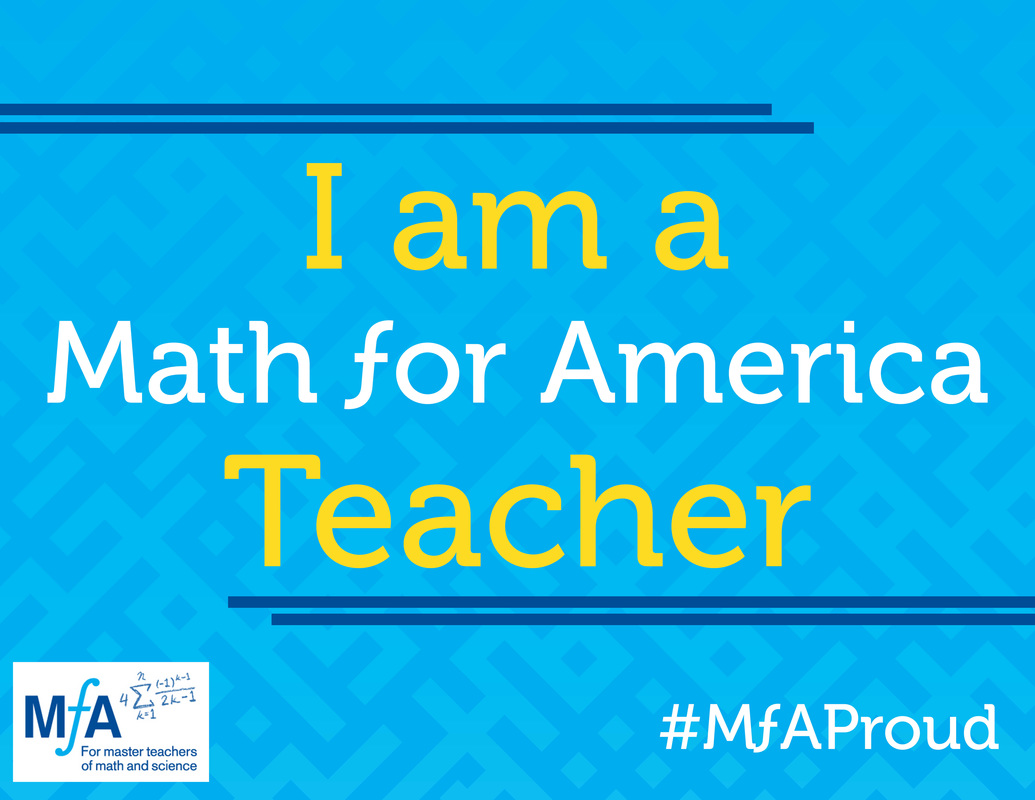
In January, the Atlantic showcased one of the deepest ways that Netflix ensures their survival: data analysis and content specificity. For those of us who use the service, we intimately understand when Netflix suggests titles for us to view based on previous choices. But we most likely do not understand the underlying analyses that take place to make those recommendations.
The company has analyzed thousands of titles and millions of user views in order to create specific genres that might inspire us to continue using our credit cards for their services. Genres like "Classic action movies" or " family-friendly westerns" are pushed aside for the more specific "post-apocalyptic comedies about friendship" or "chilling action movies about royalty." This way Netflix can determine what they suggest to users in order to keep them connected.
While reading this article I could not help but think about how teachers attempt to do the same thing with our students. We are placed in front of classrooms of enormous size and asked to use our knowledge of the myriad of instructional methods to engage each and every one, a practice called "differentiation."
While Netflix has spent years of work and countless hours of computing power on this task, teachers must use only their limited experience in order to make split-second decisions that might affect the future of a child. Should I push a student to try harder or will allowing them time to "give up" today mean more work tomorrow? Will a small check-in at the end of class inspire more persistence later on or get lost in the other thoughts of the child? These are the actions that teachers take on a daily basis that might help or hurt their relationship with students and their learning.
One of the most powerful lessons we can take from Netflix, however, is one that teachers understand across the country yet is often denied by the policymakers in capital buildings across the country: experience helps. Contrary to the narrative of the "lazy old teacher waiting for a pension," most veteran teachers understand what it means to be an educator and should train the next generation of us to ensure we gain the same knowledge they did. Unfortunately, the teaching professions seems to be becoming a churn factory with half of all new teachers leaving before their fifth year; this process needs to stop in order for the United States to gain grown again for its future.
In summary, next time you stream a film on Netflix, make it an education film and try to pay attention to what the teachers do in their classrooms - it'll surprise you.


 RSS Feed
RSS Feed
